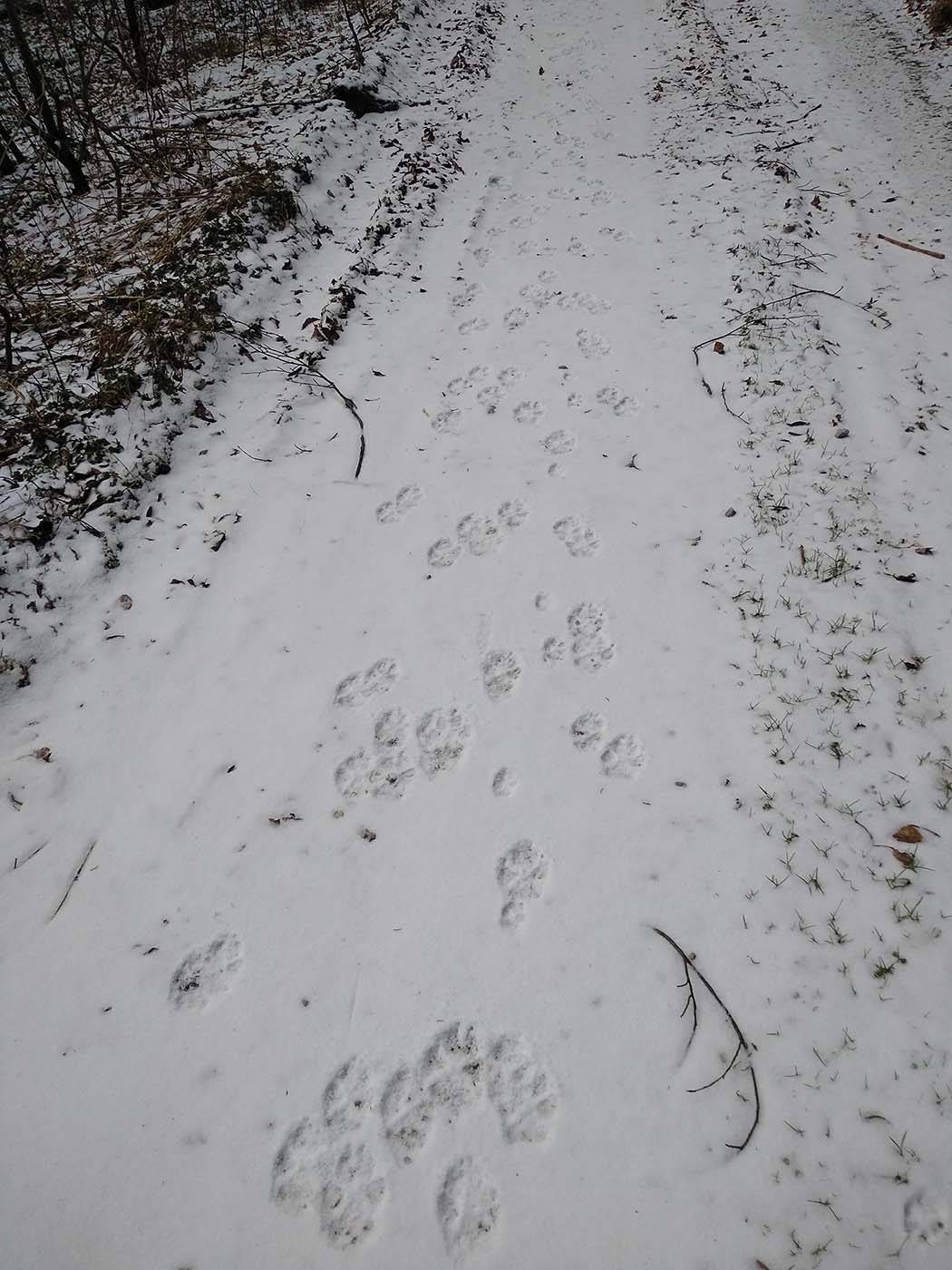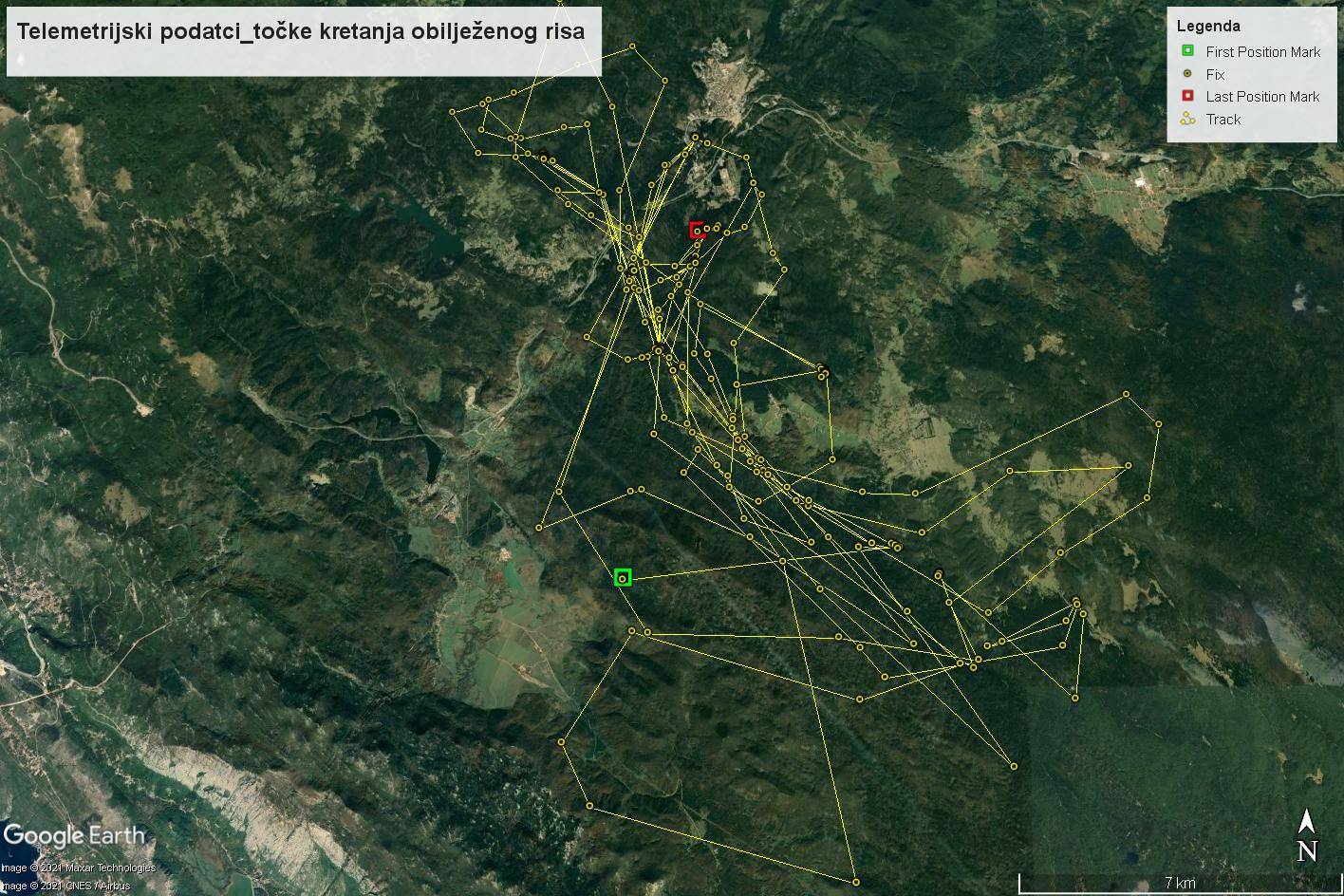Monitoring of the large carnivores’ populations
For an efficient monitoring of large carnivores, particularly the population trends, it is necessary to get an insight into their number, in order to determine whether a population is increasing, decreasing or it remains the same in a given period. This requires a systematic and continuous recording of their presence. Since large carnivores are secluded species and the opportunities to observe them directly are very rare, every finding and observation, especially of a wolf or a lynx, is of an immense significance and it can serve as a key information in reaching the right decisions related to the management of these strictly protected species.
One of the most frequently used and most efficient methods of gathering valuable information about the wolf and the lynx is the monitoring with the help of camera traps. Camera traps capture photos and create short video clips, containing sensors activated by movement and warmth each time an animal passes by.





















